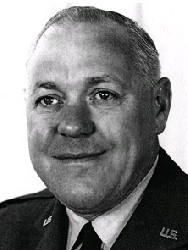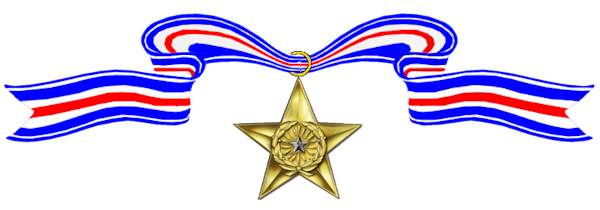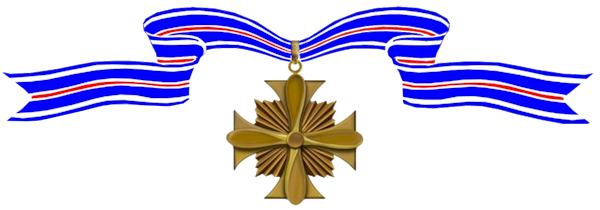During World War II, William Banks became a U.S. Army Air Forces ACE, credited with shooting down NINE enemy aircraft in aerial combat. He retired in 1963 as a U.S. Air Force Colonel.

–
Born:
,
Home:
,
Buried:
,
Cemetery:
Awards Received
-

Legion of Merit
-

Legion of Merit
-

Silver Star
-
Legion of Merit

(Citation Needed) – SYNOPSIS: Colonel William McGowan Banks (ASN: 0-429515), United States Air Force, was awarded the Legion of Merit for exceptionally meritorious conduct in the performance of outstanding services to the Government of the United States.
-
Legion of Merit

(Citation Needed) – SYNOPSIS: Colonel William McGowan Banks (ASN: 0-429515), United States Air Force, was awarded a Bronze Oak Leaf Cluster in lieu of a Second Award of the Legion of Merit for exceptionally meritorious conduct in the performance of outstanding services to the Government of the United States culminating on the staff with Headquarters San Antonio Air Material Area, Kelly Air Force Base, Texas, from August 1961 until June 1963. The singularly distinctive accomplishments of Colonel Banks culminate a long and distinguished career in the service of his country and his dedicated contributions in the Service of his Country reflect the highest credit upon himself and the United States Air Force.
-
Silver Star
Service:
United States Army Air ForcesRank:
Major (Air Corps)Batallion:
342nd Fighter SquadronRegiment:
348th Fighter GroupDivision:
5th Air ForceAction Date:
December 24, 1944
Headquarters, Far East Air Forces, General Orders No. 333 (March 6, 1945)The President of the United States of America, authorized by Act of Congress July 9, 1918, takes pleasure in presenting the Silver Star to Major (Air Corps) William McGowan Banks (ASN: 0-429515), United States Army Air Forces, for gallantry in action as Pilot of a P-47 fighter airplane of the 342d Fighter Squadron, 348th Fighter Group, FIFTH Air Force, in action during an escort mission to Clark Field, Luzon, Philippine Islands, on 24 December 1944. Following his plan of preceding a main body of fighters to gain information on the deployment of enemy opposition, Major Banks led an element of two of a total force of sixty-six P-47 type aircraft. On approaching the target, he climbed to attack several enemy airplanes and, concentrating his fire on one of them, sent it crashing to the ground. After apprising his formation of the strength and deployment of Japanese aircraft in the area, he joined in the ensuing battle and brought down another fighter which was trying to escape. His squadron, taking full advantage of the advance information he supplied, accounted for thirty-two of the interceptors. The outstanding leadership and gallantry displayed by Major Banks reflect the highest traditions of the United States Army Air Forces.


